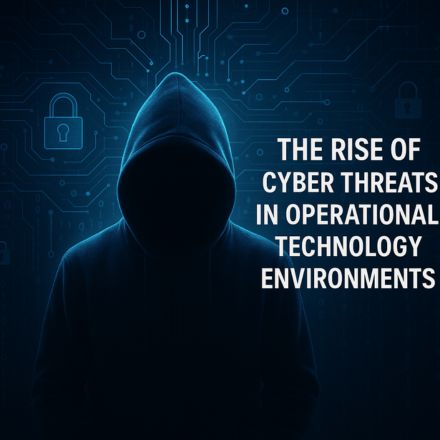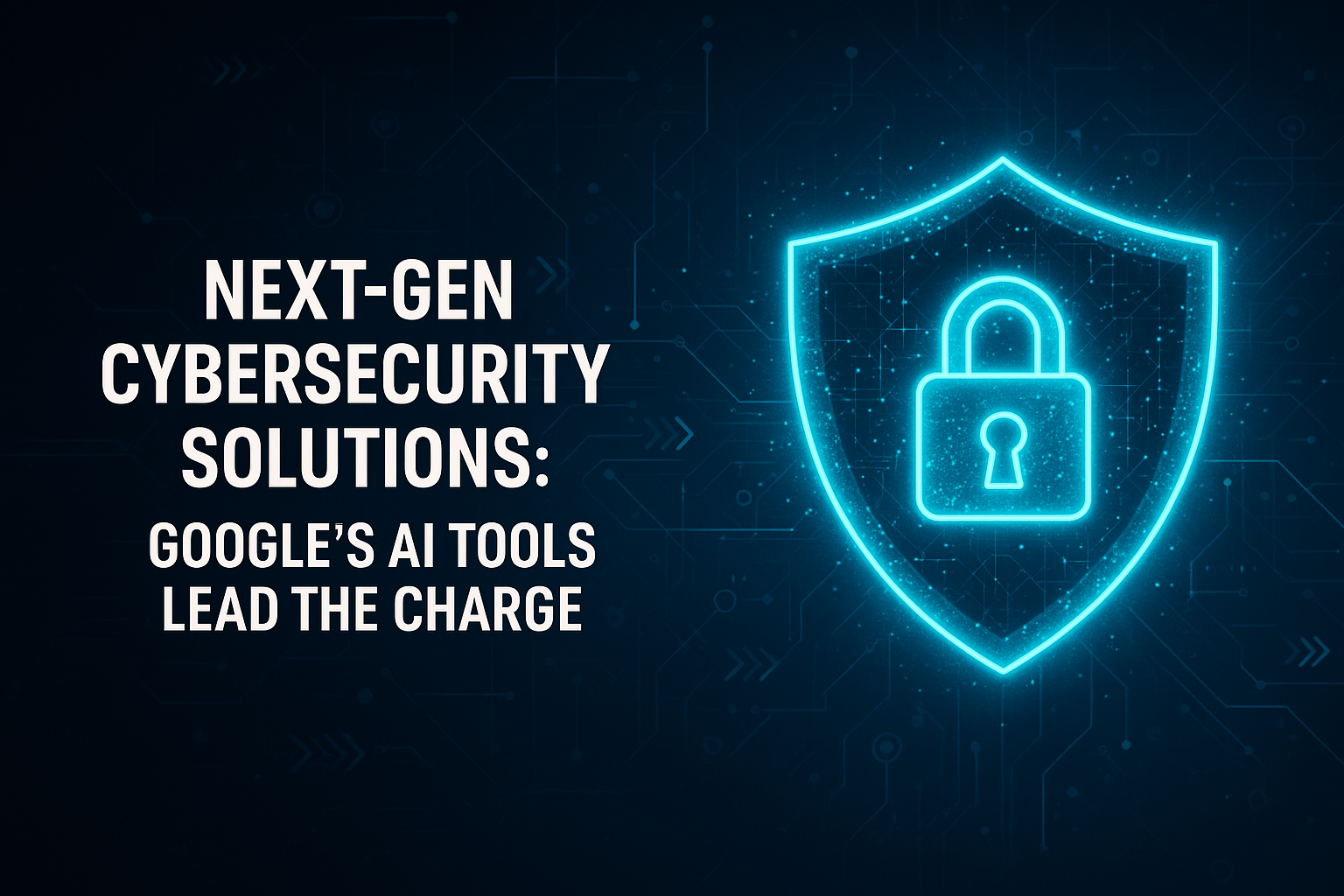The Rise of Cyber Threats in Operational Technology Environments

Strong 8k brings an ultra-HD IPTV experience to your living room and your pocket.
In today's interconnected world, Operational Technology (OT) environments—once isolated and purely mechanical—have evolved into complex, digital systems that power critical infrastructure. These environments control physical processes in sectors such as energy, manufacturing, transportation, water treatment, and healthcare. As digital transformation accelerates and the boundaries between Information Technology (IT) and OT blur, a new wave of vulnerabilities has emerged. The rise of cyber threats in these OT environments poses serious risks, not only to business continuity but also to public safety and national security.
This increasing exposure has brought OT cybersecurity to the forefront of enterprise and government agendas. The stakes are high: a breach in a power grid, for instance, could leave millions without electricity; a disruption in a water treatment facility could contaminate the supply; and a targeted attack on a transportation system could paralyze entire cities. The complexity and impact of critical infrastructure threats are growing, demanding proactive and tailored security strategies.
What Makes OT Different from IT?
Understanding the rise of cyber threats in OT environments starts with recognizing their unique nature compared to traditional IT systems. While IT focuses on data flow, user access, and digital services, OT manages the physical world—machines, valves, pumps, sensors, and industrial control systems.
Some key differences include:
Longer system lifespans: OT systems often operate for decades and may not support regular patching or modern security protocols.
Safety and uptime priorities: Any disruption to OT can halt operations or endanger lives, so availability is prioritized over confidentiality.
Legacy protocols and equipment: Many OT devices use proprietary or outdated communication protocols that were never designed with cybersecurity in mind.
Limited security visibility: OT systems traditionally operated in isolation, meaning they lack the robust monitoring and logging capabilities common in IT.
This specialized environment requires a new approach to cybersecurity—one that understands both the operational constraints and the escalating threat landscape.
Key Cyber Threats Facing OT Environments
Over the past decade, OT systems have become prime targets for cybercriminals and nation-state actors. Here are some of the most prominent critical infrastructure threats impacting OT today:
1. Targeted Malware Attacks
Examples like Stuxnet, Industroyer, and Triton have shown how malware can be tailored to disrupt or destroy physical infrastructure. These attacks are highly sophisticated and often involve deep reconnaissance of the targeted OT environment. Once inside, the malware can manipulate industrial control systems to alter physical processes, sometimes with catastrophic results.
2. Ransomware in Industrial Networks
Ransomware is no longer confined to traditional IT networks. Increasingly, attackers are pivoting into OT environments where downtime can cost millions. Cases like the Colonial Pipeline attack demonstrated how ransomware can force entire operations to shut down, even if the OT systems themselves are not encrypted.
3. Supply Chain Exploits
Vulnerabilities in third-party software and hardware components are now being exploited to gain access to OT environments. The SolarWinds breach highlighted how attackers can use trusted vendors to infiltrate critical systems, bypassing perimeter defenses.
4. Insider Threats and Human Error
Employees, contractors, or disgruntled insiders can pose a serious risk, either intentionally or unintentionally. Insecure remote access tools, weak passwords, or untrained personnel can open the door to malicious actors.
Why OT Cybersecurity Is Now a National Priority
In recent years, government agencies and regulators across the globe have acknowledged that cyber threats to OT environments are matters of national security. Attacks on critical infrastructure can destabilize economies, compromise public health, and even escalate geopolitical conflicts.
As a result, countries are implementing frameworks and mandates to improve OT cybersecurity. In the U.S., for example, the Cybersecurity and Infrastructure Security Agency (CISA) has issued guidance for securing industrial control systems. Similarly, the EU’s NIS2 Directive mandates security measures for essential service providers, including those managing OT.
Building Resilience in OT Environments
To defend against these rising threats, organizations must adopt a defense-in-depth strategy that addresses the specific challenges of OT systems.
1. Asset Inventory and Visibility
Begin by identifying all assets in the OT environment—hardware, software, connections, and dependencies. Many organizations are unaware of how many legacy or shadow systems are in use, which leaves them vulnerable.
2. Network Segmentation
Isolate OT networks from IT and internet-facing systems using firewalls, data diodes, and secure gateways. This reduces the risk of lateral movement in the event of a breach.
3. Security Monitoring and Threat Detection
Deploy OT-aware monitoring tools that understand industrial protocols and can detect anomalies specific to industrial operations.
4. Patch Management and Virtual Patching
While not all OT systems can be updated regularly, prioritize critical vulnerabilities and implement virtual patching or compensating controls when direct updates are not possible.
5. Access Control and Authentication
Limit user access to the minimum required for operation. Employ strong authentication methods, such as multi-factor authentication (MFA), especially for remote access.
Conclusion
The digital convergence of IT and OT has unlocked significant efficiency, but also introduced serious risks. As OT environments become more connected, their exposure to cyber threats intensifies. The challenge lies in securing these systems without compromising their stability or operational integrity.
Effective OT cybersecurity demands a tailored, risk-based approach—one that respects the unique constraints of industrial systems while proactively addressing the evolving landscape of critical infrastructure threats. With a growing number of high-profile attacks and escalating geopolitical tensions, the time for action is now. By investing in resilient architecture, continuous monitoring, and cross-sector collaboration, we can ensure that the systems powering our modern world remain safe and secure.
Note: IndiBlogHub features both user-submitted and editorial content. We do not verify third-party contributions. Read our Disclaimer and Privacy Policyfor details.







